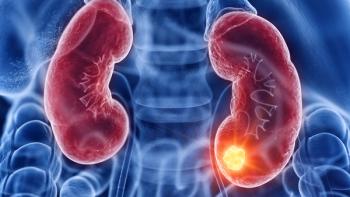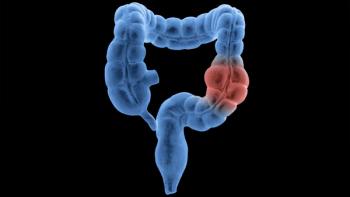
La-Urshalar Brock on Testing for HER2 in Patients with Metastatic Breast Cancer

La-Urshalar Brock, MSN, FNP-BC, CNM, discusses HER2 status and its implications for patients with breast cancer.
HER2 expression has become increasingly more relevant in the metastatic breast cancer space, according to La-Urshalar Brock, MSN, FNP-BC, CNM.
Brock, who is a breast and gynecologic specialist, in the department of Medical Oncology, at the Winship Cancer Institute with Emory Healthcare, recently presented on HER2-low breast cancer as part of the nursing track at the 40th Annual Miami Breast Cancer Conference®. During her presentation, she highlighted findings from the
HER2 proteins on the receptor breast cells control the growth of breast cells. HER2 gene amplification or overexpression occurs when HER2 genes make too many copies. As Brock outlined in her presentation, testing for HER2 includes both an immunohistochemistry (IHC) and fluorescence in situ hybridization (FISH) tests. IHC uses a chemical dye to stain for HER2 proteins and is scored between 0 and 3+ depending on the amount of HER2 proteins on the surface of the cell. FISH testing uses special labels which attach to the HER2 proteins. These labels have chemicals added to them so that they change color and glow in the dark when they attach to the HER2 proteins.
According to Brock, there are multiple instances when testing for HER2 could be deemed appropriate.
“We could actually test for HER2 when [patients] are newly diagnosed with metastatic [disease],” she told Oncology Nursing News®. “If we’re getting a tissue biopsy, at that point, we could test, and really just look into whether they have HER2-low status at that point. If there is no biopsy at that point, it can always be checked later.”
“There really isn’t a specific time of when you really should check and as we know HER2 status can change over the time of someone being treated,” she added. “But if someone is getting a tissue diagnosis, then that be the best time.”
Moreover, she emphasized that data from DESTINY-Breast04 were particularly exciting because it expanded the treatment options for patients with HER2-low metastatic disease—a population who often do not have as many options.
“What I tell my patients is, ‘there’s now new tools that can go in your toolbox.’ Patients feel a little bit more comfortable knowing that there’s something else out there. Usually, their concern is how many more treatment lines [they can get] before [they] have to wonder about what is going to happen. With this, patients who were [once] considered HER2-negative now have another medication that we know we can use for them.”
Newsletter
Knowledge is power. Don’t miss the most recent breakthroughs in cancer care.
























































































